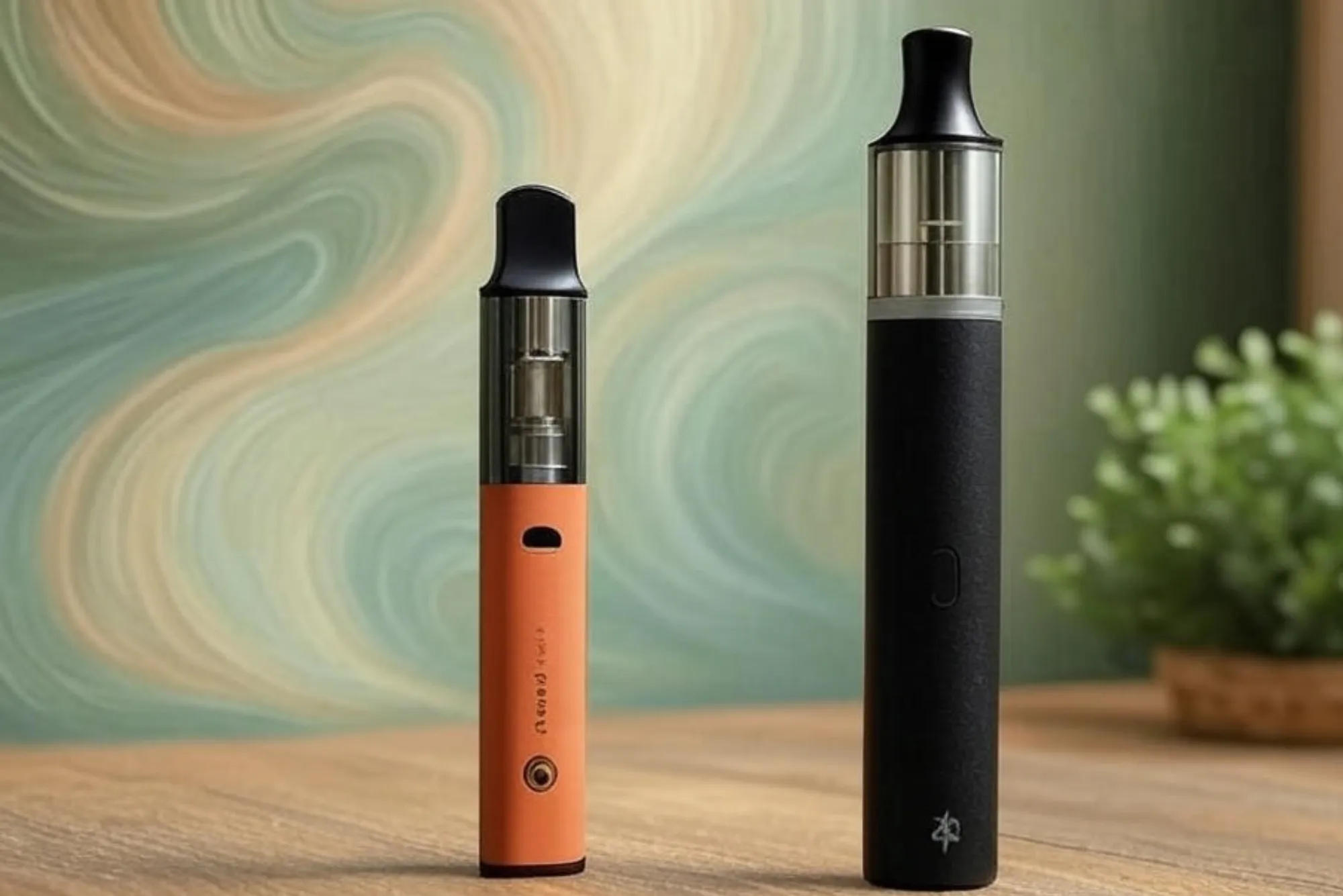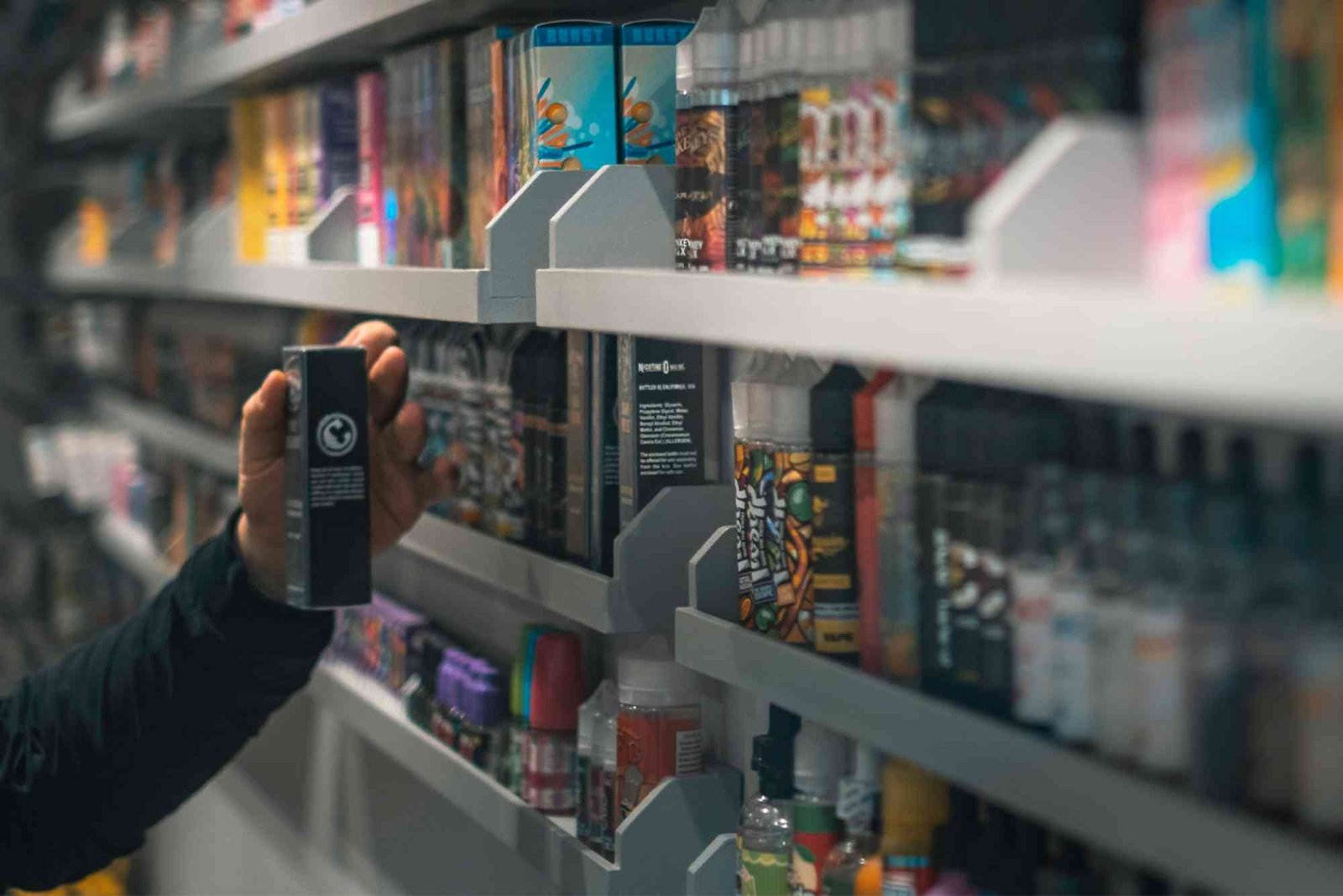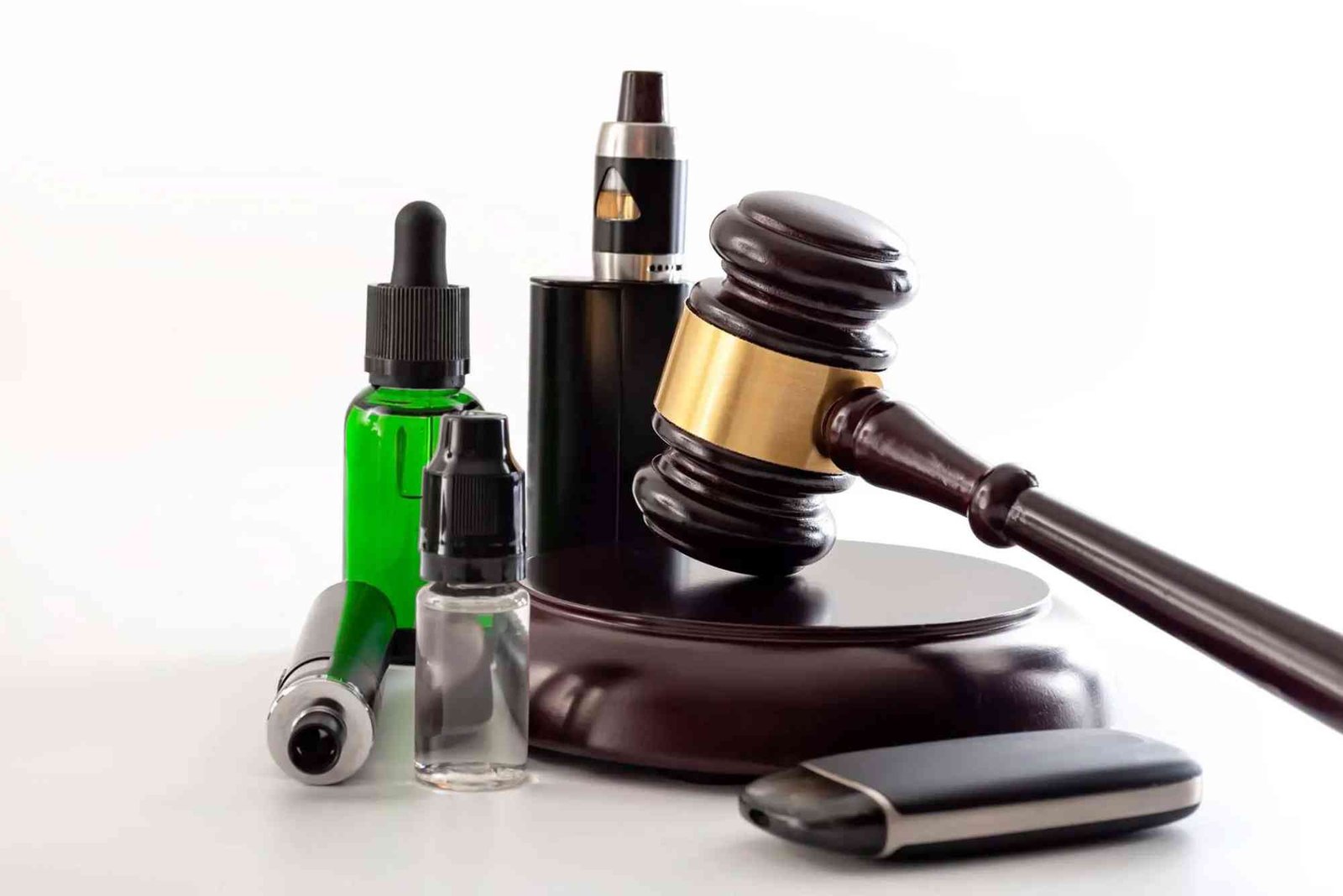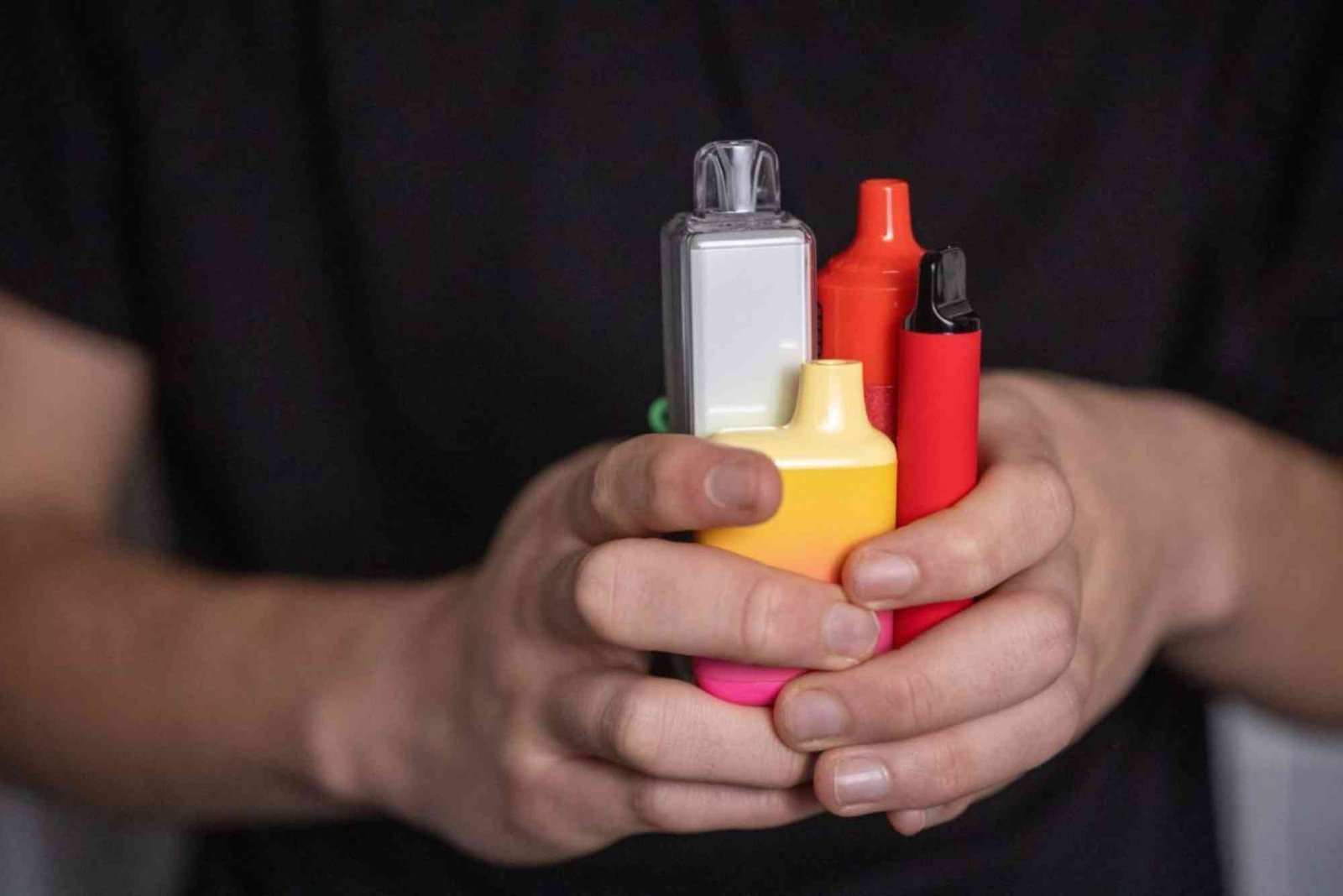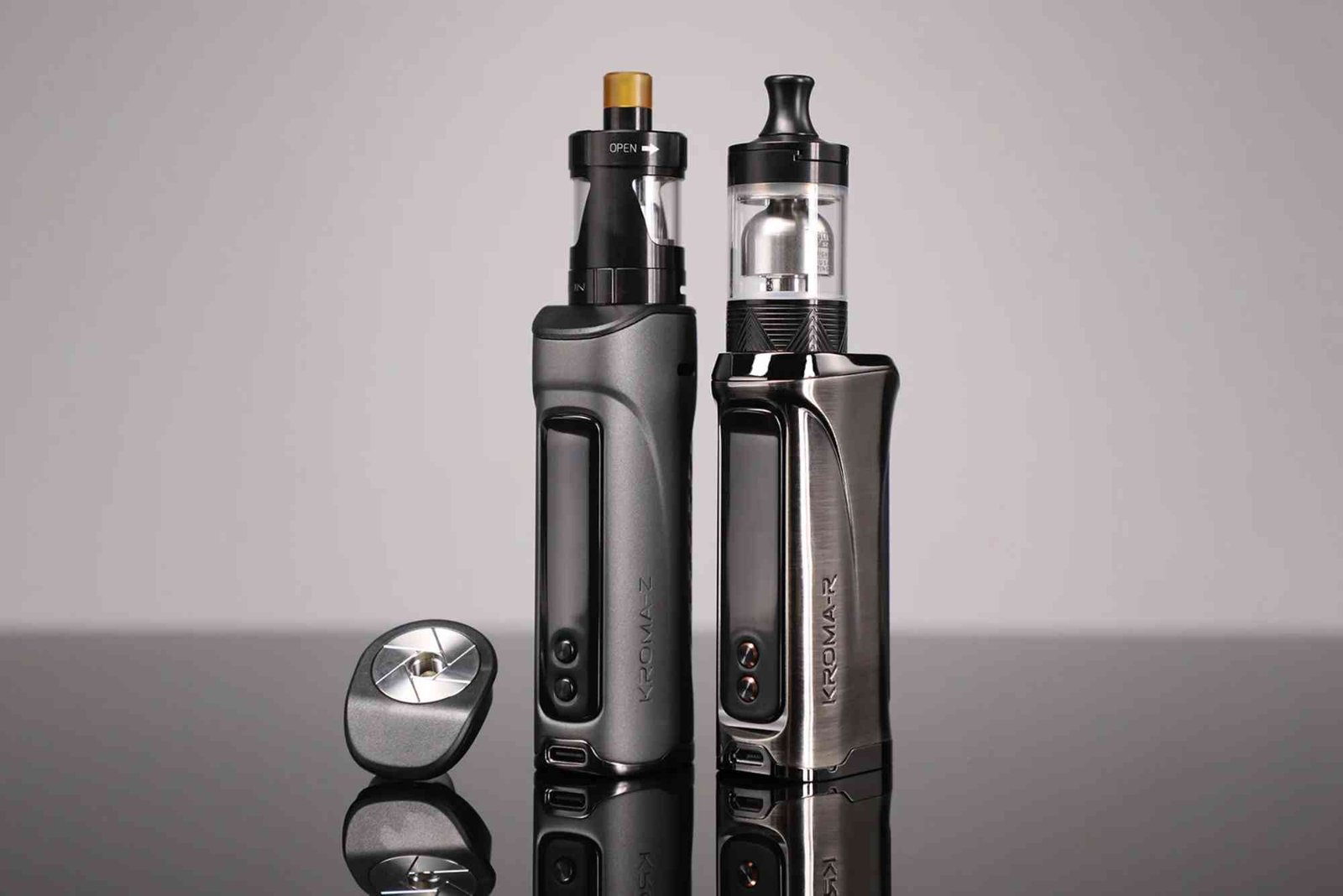Ohm’s Laws Vape Safety Tips for Preventing Vape Battery Accidents
When dealing with ohm’s laws vape, understanding resistance, voltage, and current is essential for ensuring battery safety. Many vapers neglect basic electrical principles—only to face overheating, short circuits, or worse. This guide offers clear, expert advice to keep your vaping experience safe, enjoyable, and accident-free.
Vaping should be fun—not dangerous. But without grasping ohm’s laws vape, you risk battery failure or worse. Whether you’re building coils or using regulated devices, knowing how resistance and current interact helps you choose safe builds and avoid battery stress. This article teaches you real-world safety tips that follow Ohm’s Law, helping you vape with confidence and peace of mind.
Understanding Ohm’s Law in Vaping
What Is Ohm’s Law?
Ohm’s Law states that voltage (V) equals current (I) times resistance (R). In vaping terms, it tells you how much current your battery must deliver based on coil resistance.
Why It Matters for Vaping
If resistance is too low, your battery must supply more current, increasing heat and potential failure. Too high, and vapor production drops. Knowing that ohm’s laws vape helps you balance performance and safety.
Key Safety Principles Based on Ohm’s Laws Vape
Select the Right Coil Resistance
When building or using a coil, always aim for a resistance that keeps current within your battery’s safe limit. For instance, a 0.5 Ω coil on a 3.7 V battery draws about 7.4 A. If your battery safely handles 20 A, you’ve got a comfortable margin. Poor awareness of ohm’s laws vape makes extreme builds tempting—but risky.
Match Battery Capability to Coil
Every battery has a maximum continuous discharge rating. By applying ohm’s laws vape, you determine whether your coil is safe for that battery. Exceeding that rating stresses the battery and can lead to heat, venting, or worst-case, explosion.
Use Ohm’s Law When in Doubt
When trying a new build, calculate current using I = V ÷ R. Make sure the result stays under the battery’s approved discharge rate. It’s a simple calculation that prevents many accidents.
Practical Safety Tips Aligned with Ohm’s Laws Vape
Always Inspect Your Battery Wrap
Small nicks or tears in the battery wrap can expose metal and cause shorts. No matter how well you understand ohm’s laws vape, a short will bypass resistance altogether and deliver high current instantly. Regularly inspect wraps and re-wrap as needed.
Avoid Mixing Old and New Batteries
Using batteries of unequal charge levels or age confuses the chemistry. Voltage imbalance plus low coil resistance can push one battery to overcurrent. Understanding ohm’s laws vape means respecting battery chemistry just as much as electrical values.
Keep Battery Contacts Clean
Dirt or e-liquids can disrupt the current flow. While Ohm’s Law governs volts, amps, and ohms, reality adds variables. Dirty contacts increase resistance unpredictably—possibly triggering excessive voltage or heat to compensate. Wipe contacts regularly.
Don’t Overlook Low Resistance Builds
Building coils under 0.2 Ω is common but dangerous on unregulated mods. Without proper battery support, the current demand skyrockets. Use Ohm’s Law to avoid exceeding safe discharge rates—even if low-ohm builds seem cooler.
Advanced Tips for Regulated Devices
Use Regulated Mods That Monitor Ohm’s Law Internally
Good quality mods sense resistance and won’t fire if coil resistance is out of safe range. That built-in respect for ohm’s laws vape offers a safety net. But don’t rely on it alone—learn manually as well.
Watch for Voltage Sag Under Load
As you fire, battery voltage can drop, increasing current demand. Ohm’s Law (I = V ÷ R) shifts with voltage sag. Even if your resistance is safe at full charge, mid-swing voltage might push current above battery limits. Practice builds conservative enough to handle sag.
Keep Firmware and Safety Features Updated
Some devices offer over-current cutoff, temperature monitoring, or soft-start. These features address issues that stem from ignorance of ohm’s laws vape. Regularly update your device’s firmware to stay protected.
Real-World Scenarios & How Ohm’s Law Prevents Trouble
Scenario: Coil Made Too Low
You build a 0.15 Ω coil but don’t calculate current. On a 3.7 V battery, that’s 24.7 A—way above typical 20 A limits. You risk the battery venting. By applying ohm’s laws vape, you’d know that 0.3 Ω keeps you around 12 A and safer.
Scenario: Battery Wrap Damage
Even with proper Ohm’s Law knowledge, a frayed wrap causes a direct short when placed in the mod. That delivers all current at once, bypassing resistance, leading to failure. Ohm’s Law informs coil builds, but physical safety matters too.
Scenario: Old Battery Meets New Battery
One half-charged and one fully charged 18650 cell in series. Low resistance coil draws heavy current, pushing one cell beyond its limits. Understanding that battery voltage adds up but current stays same (per Ohm’s Law) helps you avoid pairing mismatched cells.
Understanding ohm’s laws vape is more than math—it’s your best defense against battery accidents. From choosing safe coil resistances, matching battery ratings, to keeping hardware in top shape, every step keeps the volts, amps, and ohms in harmony. Stay thoughtful, stay aware, and vape responsibly. Your battery—and your safety—will thank you.
FAQs
Q: What resistance should a vape coil have?
A: It depends on your battery’s discharge rating. Use Ohm’s Law (I = V ÷ R). Keep current below the battery’s limit. A common safe range is 0.3 Ω to 1.0 Ω for single-cell setups.
Q: How dangerous is it to build coils under 0.2 Ω?
A: Very risky on unregulated devices. Low resistance means high current draw. Even regulated mods can struggle at extreme low ohms. Always calculate amps versus battery rating—don’t rely on aesthetics.
Q: Can I mix old and new batteries safely?
A: It’s not recommended. Battery voltage and capacity differences lead to imbalance, stressing cells. That stress raises chances of overheating or failure—even if coils are safe by Ohm’s Law.
Q: Why does my mod say “check atomizer”?
A: That often means the resistance is out of range—too low or too high. Regulated mods use Ohm’s Law implicitly. They protect you by rejecting unsafe resistance levels.
Q: What battery features reduce vape accidents?
A: Batteries labeled with high continuous discharge ratings give margin for safer builds. Add safety wrappers, temperature monitoring, and avoid physical damage. Plus, using regulated mods adds layered protection.


